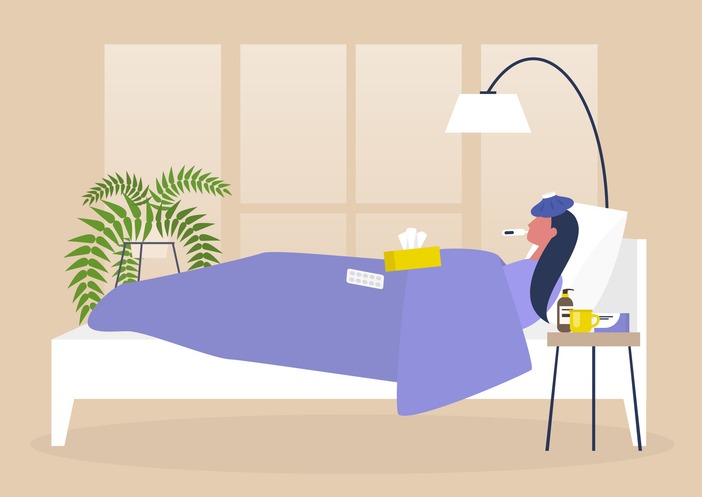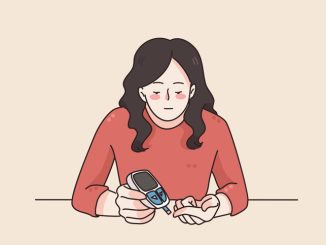As reported by BBC News, a report by the Health Foundation reveals that a growing epidemic of ill-health among working-age Britons is affecting economic potential, with chronic pain, mental health issues, and type 2 diabetes cited as major contributors
Overall, it estimates nearly a fifth of the working-age population in the UK has what it calls a work-limiting condition.
In fact, the think tank believes the problem has become so bad that it is threatening the economic potential of the country.
Long time brewing
So why are working-age people so ill? Christopher Rocks, who heads up the Health Foundation’s work in this area, says it is a “complicated” picture.
He says while there has been a lot of focus on the issue since the pandemic, the trend has actually been developing for the past decade at least.
“The 2008 financial crisis had a major impact on society – we saw an economic downturn and public spending cuts. That had an impact on people’s health in many different ways. The pandemic and subsequent cost of living crisis exacerbated trends, but the signs were there before Covid hit.
“Access to health care has become more difficult, while those fundamental building blocks of health – such as good housing and adequate incomes – are under strain.”
How that has affected people varies depending on their age and where they live. Research published this week warned the numbers with major illness was set to increase significantly. with the people in the most deprived areas suffering the most – many with multiple conditions.
The work, also published by the Health Foundation, found there were three main conditions causing a significant burden of ill-health: chronic pain, type 2 diabetes and mental health problems. Each is a reflection of the different challenges facing the country.
Suffering in pain
Chronic pain is known as the invisible condition, says the charity Versus Arthritis, because it so often goes unseen. But it can have a devastating impact, stopping people from working and socialising and even robbing them of their independence.
Caused by underlying inflammation or damage to the body’s tissues, chronic pain usually refers to persistent or recurrent pain that has gone on for more than three months. It is most commonly associated with conditions such as arthritis, osteoporosis or joint problems, related to the back, shoulder or neck.
The fact that the population is ageing – a greater proportion of the working age population is in their 50s and 60s – is a major cause of the numbers going up.
But the situation has been made worse by the increasing difficulty people face getting treatment, says Tracey Loftis, head of policy at Versus Arthritis.
The hospital waiting list has been rising pretty consistently for the past decade as spending on the health service has been squeezed.
And Ms Loftis points out joint treatment, such as knee and hip replacements, has some of the longest waiting times of any speciality. “Behind every statistic is a person living with unimaginable pain, many of whom are struggling,” she adds.
The struggle of the young
Then there are mental health conditions, such as anxiety and depression. These are increasing in all age groups, but particularly so among the young.
A report by the Resolution Foundation in February found young people were now more likely to experience a mental health problem than any other age group – a complete reversal of the situation two decades ago when they were least likely to.
It found more than a third of 18- to 24-year-olds are reporting symptoms of mental illness.
The finding prompted some to question how real the trend was. Were young people just more open to talking about their mental health struggles?
Dr Shari McDaid, of the Mental Health Foundation, says: “No doubt that is a factor in the figures that are being reported, but we cannot underestimate the impact the past few years have had. The young people of today were the toddlers and infants of the 2008 financial crash.
“They have lived through the turbulence and conflict of Brexit and then there was the pandemic – what happened with lockdown and schooling affected a generation of young people during their most formative years.
“They have then had the cost of living crisis to deal with with young people starting their working lives with huge financial stress and working in poor quality and insecure jobs. We know adverse events are cumulative – the more you experience the more likely you are to struggle.”
But she also says you cannot ignore the impact of social media, citing the bullying many have experienced and the way it induces body image worries because of the “highly idealised” way they are presented.




Be the first to comment